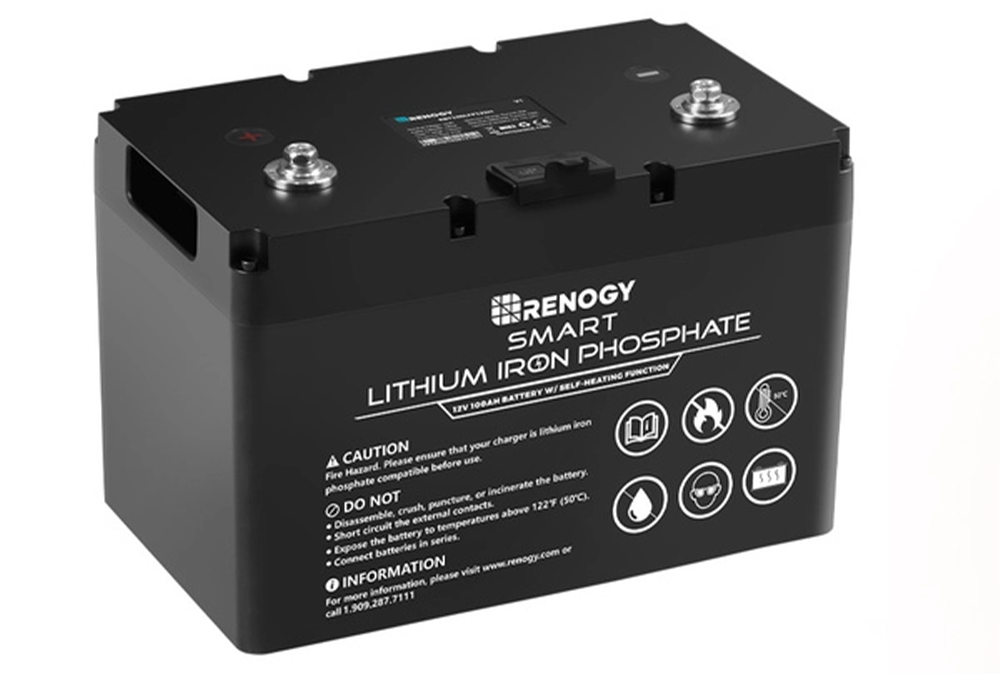Believe me, I have tried to find arguments that contradicts what I have learned from several years of reading research reports.It's pretty convincing, thanks @AAKEE. I have yet to see any evidence that refutes your claim.
There is not.
There is some reports that find a slighly deviating result from [main stream].
In most cases this is due to faulty test setups that hides important facts, causing the researcher to draw faulty conclusions.
In some cases its possible to find the reason by reading carefully and compare with other reports, for example that the current in cyclic tests had been much higher than whats comparable to an EV normal use.
From the people that absolutely do not believe this research, I yet have to see even one statement that is backed with *any* credible source.
The research is quite clear and the researchers find more or less the same findings. There is a lot of research so for anyone to decide that these data is not true, its about the same thing like stating that the world is flat.





